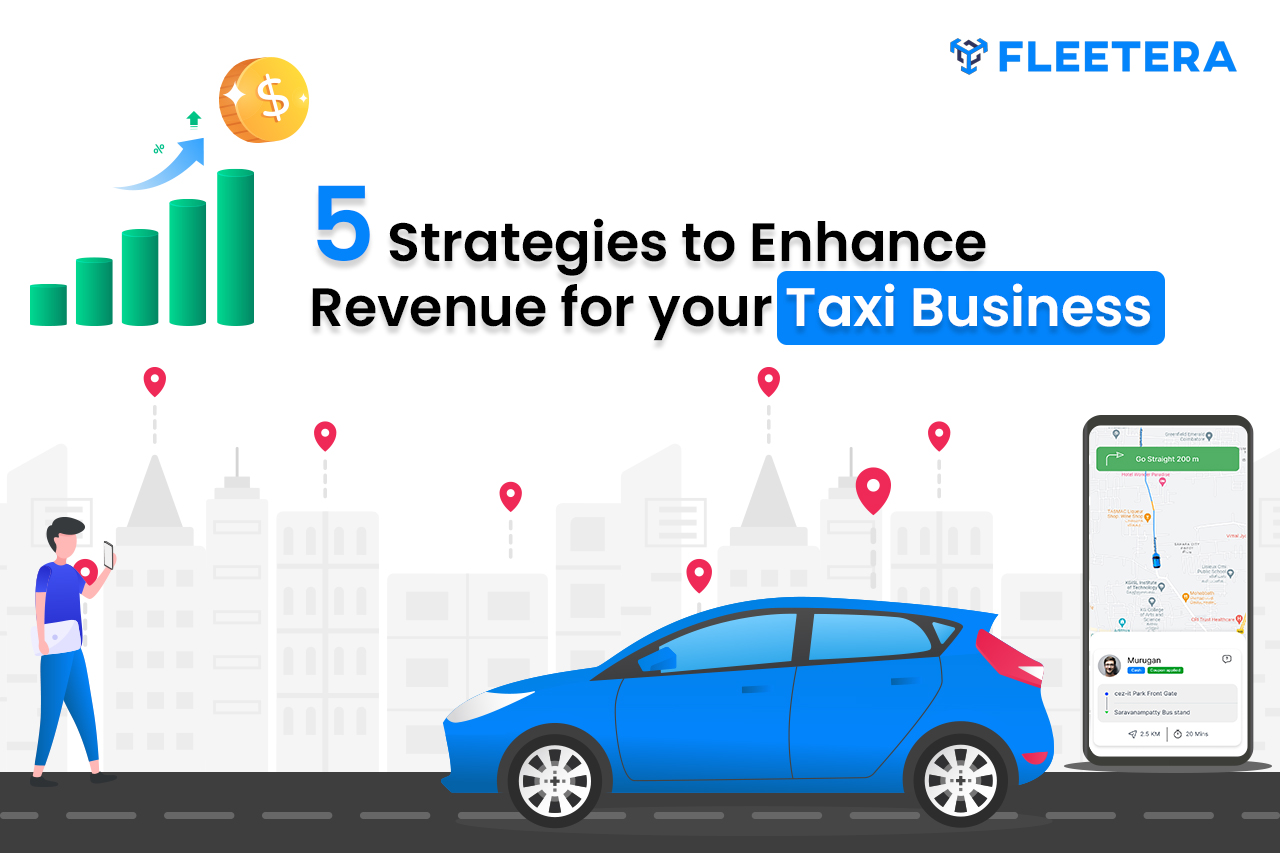Blog
Why Is Mobility As A Service A Great Choice?

Owning a car will become increasingly uncommon as customer-centric solutions like self-driving cars, carpooling, consumers selecting greener options, public transportation, etc., take control. Undoubtedly, it is how transportation will be in the future. Even more certainty and clarity are provided by the idea of "mobility as a service" (MaaS).
Over the last few years, a significant shift has been made from driving privately owned vehicles to using public transit or Mobility as a service. The existing method of getting from point A to point B has altered and is still reshaping the entire ecosystem of personal Mobility. It won't just impact the entire transportation sector; it will also impact other industries like health care, energy, media, insurance, etc. These industries should reexamine their strategies and choose more cutting-edge ones to add value in this developing environment.
Here, in this article, let's see some of the benefits of Mobility as a service.
Come, let's get started!
Mobility As A Service
MaaS, or Mobility as a service, is a platform that focuses on the needs of the user and allows them to use it as a means of transportation. It is an on-demand, real-time platform that essentially combines several modes of transportation, such as car and bike sharing, taxis, and car rentals or leases, and it gives its users everything they need for a hassle-free trip. MaaS covers everything from the user's trip itinerary to payments.
You can choose this service by subscribing to the app, after which you will have access to any accessible vehicles, including cars, bikes, and public transportation passes, for the period of your choosing, according to your convenience. If we go into more detail, smart mobility alternatives, which include different forms of transportation, play a significant part in lowering harmful emissions, removing air pollution, and demonstrating improved road safety.
What Are The Types Of MaaS?
MaaS not only means the fusion of different types of mobility services, but it also involves the introduction of new kinds of transportation options, such as:
- Bicycle sharing
- Carpooling/Car sharing
- Demand responsive transport
Benefits Of Mobility Of Service
Public transportation, ride-sharing, bike-sharing, and car-sharing are just a few of the mobility options that can be combined into one seamless platform known as Mobility as a Service (MaaS), which can be accessed through a smartphone app or website. MaaS advantages include:
Enhanced Convenience And Usability
MaaS eliminates the need for several apps or websites by allowing customers to plan, reserve, and pay for multiple modes of transportation on a single platform.
Cost Savings
MaaS frequently offers transportation solutions that are more affordable than buying a car or motorcycle outright.
Reduced Traffic
MaaS can promote public transportation, biking, and car-sharing, reducing the number of vehicles on the road.
Emissions Reduction
MaaS can reduce emissions by encouraging the use of electric vehicles and other low-emission modes of transportation.
Advanced Accessibility
MaaS can make transportation more available to those who might not have a car, like those who live in cities or have impairments.
Better Urban Planning
MaaS can supply data to city planners to aid in their decision-making about land use and transportation infrastructure.
Final Thoughts
Nowadays, many cities are using Mobility as a service. The mobility services differ from city to city. In this article, we have highlighted how Mobility can be used as a service. MaaS can help people and visitors leverage the fastest and most cost-effective transport options. Use the above insights and learn the benefits of using Mobility as a service.
.webp)

